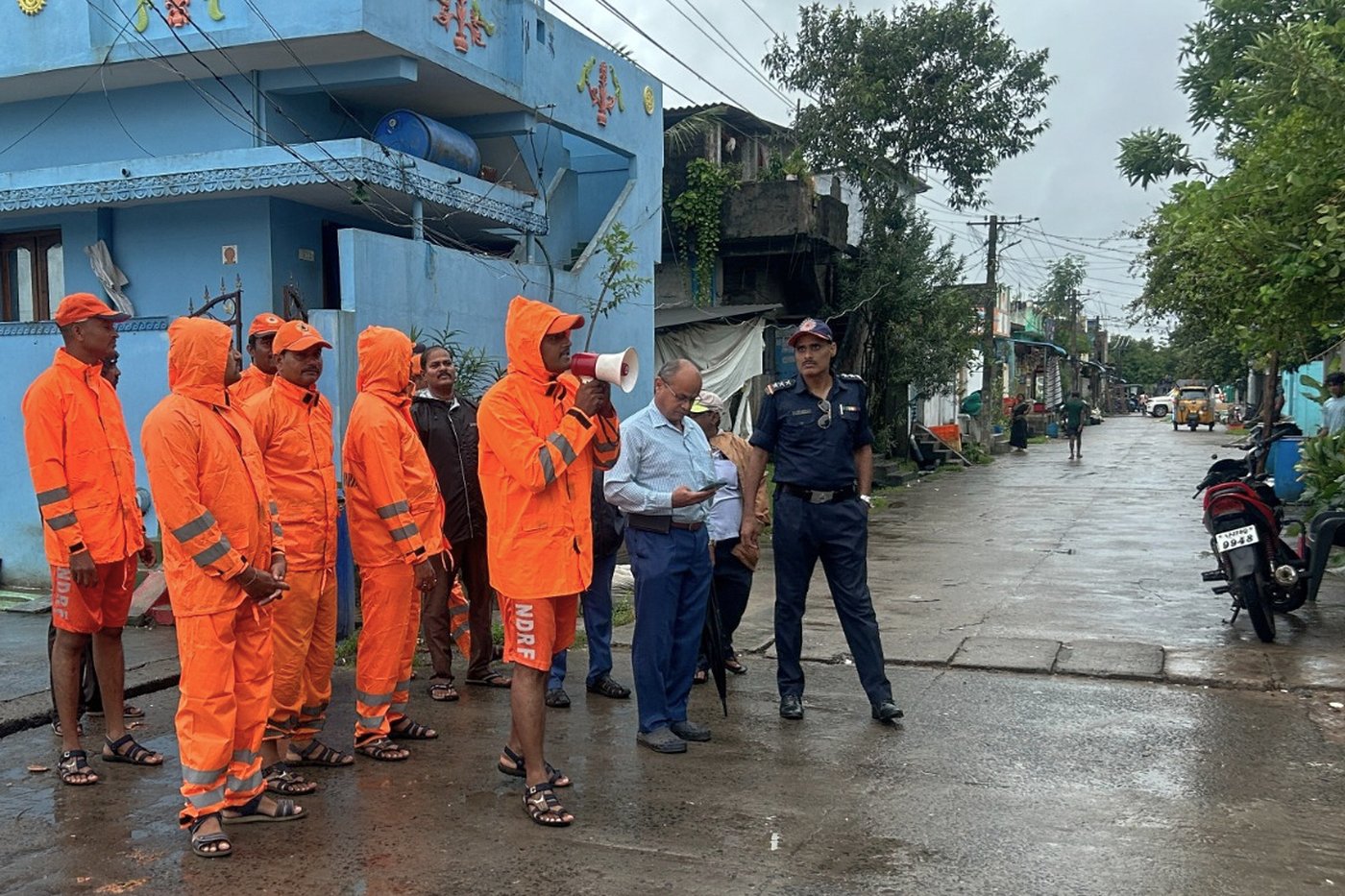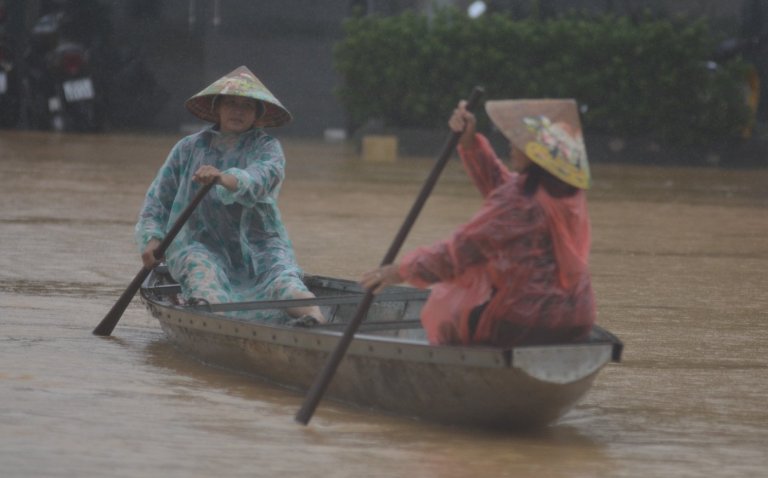India closes schools and evacuates thousands as Cyclone Montha approaches

NEW DELHI (AP) — Indian authorities have shut schools and evacuated tens of thousands of people from low-lying coastal areas as the country’s eastern seaboard braces for the impact of Cyclone Montha later Tuesday.
Swirling over the Bay of Bengal, Montha has intensified into a severe cyclonic storm, and is expected to make landfall late Tuesday near the port city of Kakinada in southern Andhra Pradesh, the weather office said in its latest bulletin.
The storm hovered around 160 kilometers (99 miles) southeast of Machilipatnam in Andhra Pradesh.
It is expected to intensify, bringing winds of 90 kph to 110 kph (55-68 mph) as it pushes toward the country’s eastern coastline.
The weather office issued so-called red alerts — the highest level of weather warnings — for 19 districts in Andhra Pradesh, forecasting extremely heavy rains. The neighboring states of Tamil Nadu, Telangana, Kerela and Karnataka are also expected to receive moderate to heavy showers.
Disaster teams in Andhra Pradesh have so far evacuated 38,000 people from low-lying areas to relief camps, according to a state disaster official. The state government estimates around 4 million people to be in vulnerable zones and likely to be affected by the cyclone.
The authorities have readied 1,906 relief camps and 364 school shelters as evacuations continue in 1,238 vulnerable villages, the state’s minister for communications Nara Lokesh said in a social media post.
Schools and colleges have been ordered to remain shut till Wednesday and fishermen warned not to venture into the sea for fishing. Trains and flight services were partially disrupted on Tuesday.
In Odisha, the state administration has begun shifting around 32,000 people from vulnerable areas to relief camps, a state disaster official said.
Climate scientists say severe storms are becoming more frequent in South Asia. Global warming driven by planet-heating gases has caused them to become more extreme and unpredictable.
India’s eastern coasts have long been prone to cyclones, but the number of intense storms is increasing along the country’s coast. 2023 was India’s deadliest cyclone season in recent years, killing 523 people and causing an estimated $2.5 billion in damage.
Tropical cyclones, which are called hurricanes or typhoons in other regions, are among the world’s most devastating natural disasters when they hit densely populated coastal areas.
Increasingly warmer oceans are resulting in intensifying storms, especially near coastal regions as they derive energy from the warm waters, climate experts say.
“Global warming is increasing the air temperature and is also making oceans warm. And if an ocean is very warm, it is going to supply a lot of energy to any tropical storm over the ocean,” said Akshay Deoras, a meteorologist at the University of Reading in the United Kingdom.
India, the world’s most populous country, is among the highest current emitters of planet-heating gases and is also considered to be among the most vulnerable regions in the world to climate impacts.
In 2024 alone, there were 167 disasters in Asia, which was the most of any continent, according to the Emergency Events Database maintained by the University of Louvain, Belgium. The storms, floods, heat waves and earthquakes led to losses of over $32 billion, the researchers found.
___
Associated Press climate reporter Sibi Arasu contributed to this report.
Join the Conversation!
Want to share your thoughts, add context, or connect with others in your community?
You must be logged in to post a comment.

















